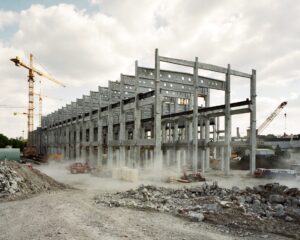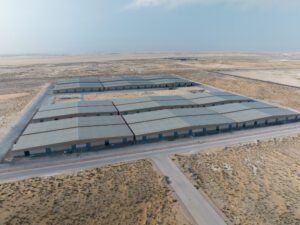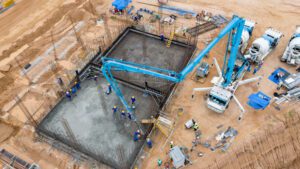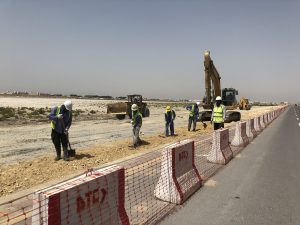Contractors in the oil and gas construction business must accept and manage a certain level of risk, which means they must adopt a proactive approach to addressing risks and capitalizing on opportunities.
Construction risk management is one of the least well-understood elements of Project Management while being widely recognized as a key to the success of building projects.
Uncontrolled risk has been identified as a major contributor to project failure in several studies. Today at Dorar Tammam Contracting (DTC) , we will take a look at best practices to mitigate risk in EPC contracts.
Comprehensive Methods
Each potential threat to the success of the Dorar Tammam Contracting (DTC) project’s goals must be identified, evaluated, quantified, and then dealt with through the steps outlined in a comprehensive risk management strategy.
Furthermore, these risks need to be handled by all relevant stakeholders during the whole project life cycle.
As a result, risk management is not a one-and-done affair, but rather an interconnected, iterative process that occurs repeatedly over the course of a construction project’s lifetime.
Risk Management
Risks on construction projects can only be managed effectively with input from the whole project team and any relevant outside parties. Below is a description of the six distinct yet interconnected steps involved in EPC Dorar Tammam Contracting (DTC) risk management:
Risk Management planning
During Risk Management Planning, all parties involved in the project get together to map out the steps to be taken, who will be involved, and when those steps will occur in the context of the overall project life cycle.
Risk Identification
Risk Identification is a planning-phase procedure that uses established methodologies and techniques to examine vital Dorar Tammam Contracting (DTC) project processes in search of and record possible hazards.
Qualitative Risk Analysis
Subjective risk assessments are made by participants in qualitative risk analysis, and a shared comprehension of the potential impact of each risk is ensured through this method.
Quantitative Risk Analysis
The goal of a quantitative risk analysis is to calculate the likelihood and severity of each risk and its combined effect on the Dorar Tammam Contracting (DTC) project as a whole.
Mitigation & Response Planning
The goal of risk mitigation at Dorar Tammam Contracting (DTC) and response planning is to identify, assess, and select effective solutions to remove risks or lower the probable outcome to an acceptable level, as well as to improve the likelihood of an opportunity arising.
Monitoring & Control of Risks
Through continuous assessment of the efficacy of the risk response plan, management of residual risks, and the identification of risk triggers, monitoring, and control of risks are carried out throughout the duration of the Dorar Tammam Contracting (DTC) project.
Proven Techniques in the Field
Stakeholders may systematically and proactively identify high-risk construction activities with the help of the integrated and iterative risk management system and then take steps to mitigate the effects of these risks on the project as a whole.
Conclusion
Benefits of an integrated approach include multi-objective risk management, optimization of risk allowance, and better communication of the project at every stage. Dorar Tammam Contracting (DTC) is the best EPC contract. For more details contact us.














